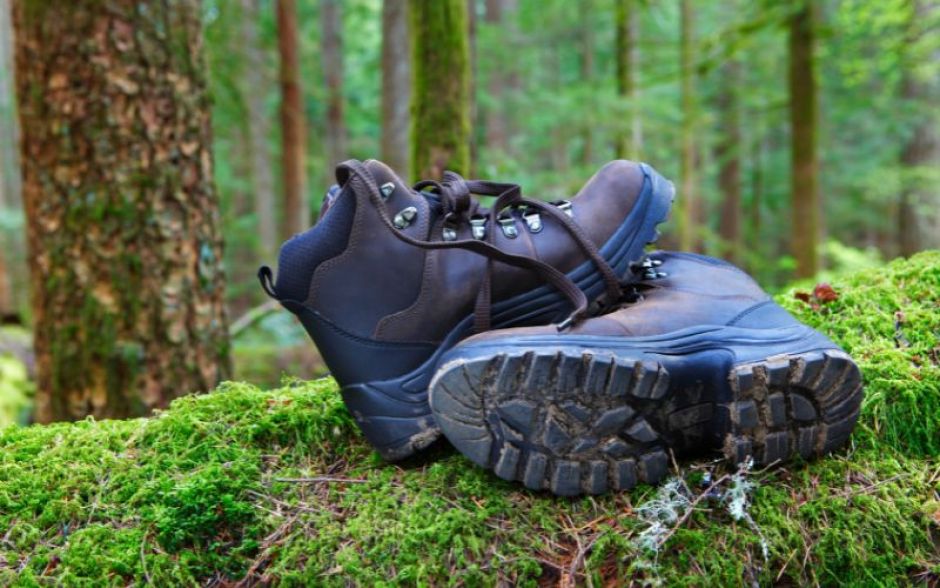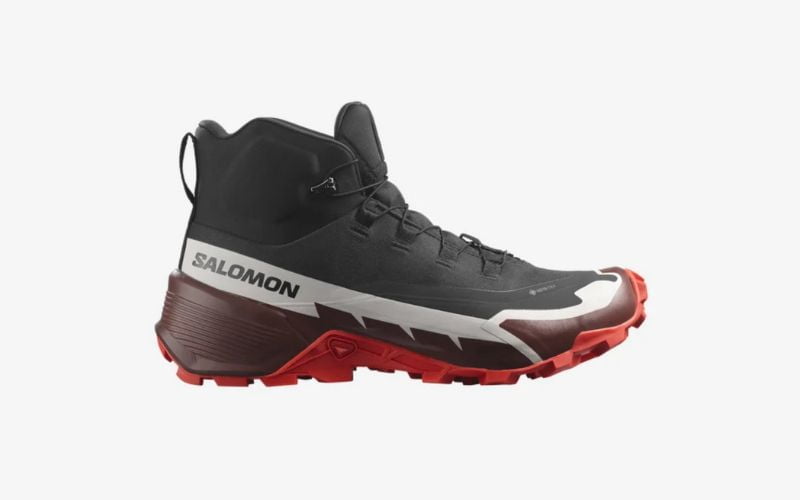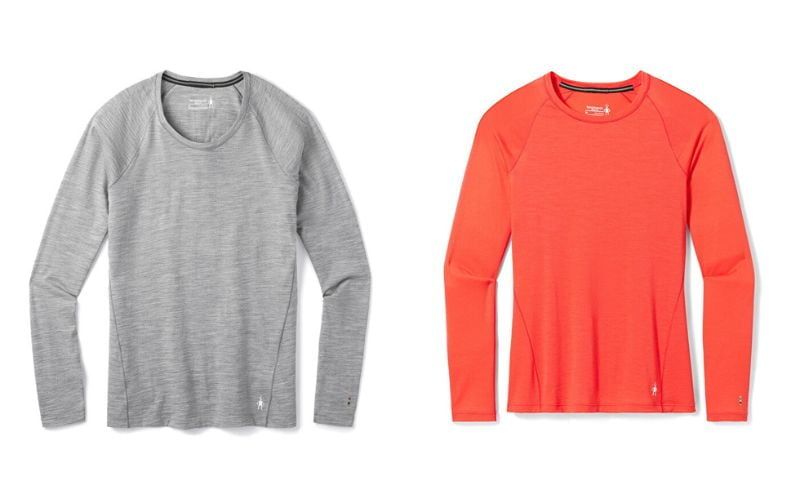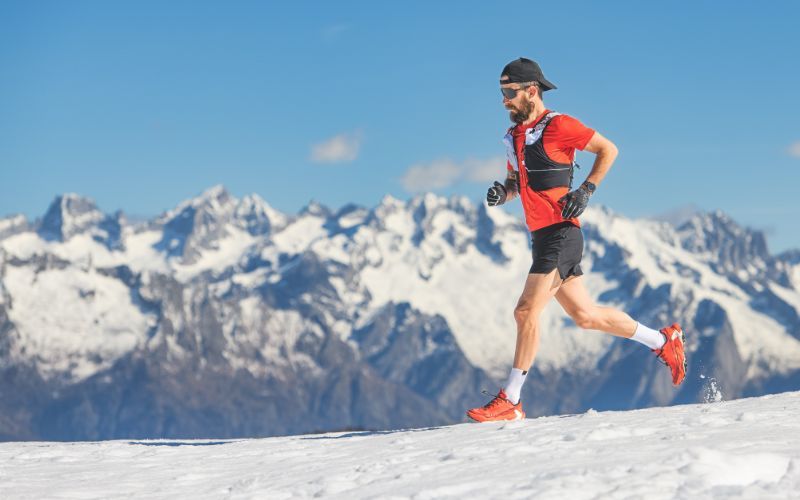
Hiking Boots : The Unsung Heroes of Every Super Trek 2023
Navigating the vast world of outdoor adventures, there’s an inescapable truth that every seasoned trekker understands: the foundation of a memorable trek begins at the feet. Hiking boots, more than just footwear, are a union of science, art, and practicality, serving as a trekker’s most loyal ally against nature’s unpredictable terrains. As we explore the nuanced universe of hiking boots, it becomes evident that these boots are not just about protection and support, but about enhancing the entire hiking experience.
Table of Contents
The Anatomy of Hiking Boots
Understanding the design intricacies of hiking boots is the first step in appreciating their significance. Each component, meticulously crafted, serves a distinct purpose:

Upper Material
- Leather: Synonymous with durability. Full-grain leather offers commendable resistance against wear and tear and is ideal for rigorous treks.
- Synthetics: Materials like nylon and polyester dominate this category. Lighter than leather, they break in faster and tend to be more breathable.
- Waterproof Membranes: Brands often incorporate waterproof liners to ensure feet remain dry. While they block water from seeping in, they can reduce breathability.
Midsoles
- EVA: Lightweight and cushier, EVA midsoles offer varying thickness for support.
- Polyurethane: Firmer and more durable, these are typically found in extended backpacking boots for tougher terrains.
Outsoles
- Lug Pattern: Deep, thick lugs improve grip. Widely spaced lugs shed mud more efficiently.
- Heel Brake: This distinct heel zone helps reduce the chance of sliding during steep descents.
Boot Cuts and Their Implications
When we delve into the world of hiking boots, one of the initial categorizations we confront is based on the cut of the boot. The cut, or the height of the boot, has significant implications, not only in terms of aesthetics but more crucially, in functionality, protection, and its suitability for different terrains and activities. Understanding these intricacies is paramount for any trekker aiming to make an informed choice.
Low-Cut Boots:
These are reminiscent of shoes in their height, ending just below the ankle.
- Implications: Low-cut boots are lightweight, offering maximum freedom of movement. They’re optimal for light trail walks or day hikes on well-maintained paths. However, they provide minimal ankle support and protection from debris.
- Usage Recommendation: Ideal for relatively flat terrains, carrying light loads, or for those who prioritize agility over support.
Mid-Cut Boots:
Encasing the ankle, these boots strike a balance between protection and flexibility.
- Implications: With more ankle support than their low-cut counterparts, mid-cut boots provide a better shield against trail debris and water. They also offer a moderate level of ankle stability, which is particularly beneficial on uneven terrains.
- Usage Recommendation: Suitable for varied terrains and for trekkers carrying moderate backpack loads. They’re versatile and can be used for both short and long-distance hikes.

High-Cut Boots:
Extending well above the ankle, these are the titans of the hiking boot world.
- Implications: High-cut boots provide maximum ankle support, making them the preferred choice for challenging, rugged terrains and for those shouldering heavy backpacks. Their heightened design also offers the best protection against debris, water, and weather extremes. However, they can be heavier and might require a longer break-in period.
- Usage Recommendation: Ideal for mountaineering, multi-day treks, and rough terrains. They’re the go-to for trekkers prioritizing support, protection, and stability.

Material Interplay:
It’s important to note that the boot’s material can also impact its flexibility and weight. For instance, a high-cut boot made from lightweight synthetic materials might offer more agility than a mid-cut boot crafted from heavy-duty leather.
In conclusion, the cut of a hiking boot isn’t a mere design choice; it’s a strategic decision that influences performance, safety, and comfort. It requires a keen understanding of one’s hiking goals, the challenges of the chosen terrain, and personal preferences in weight and support. With these insights, trekkers can select the cut that seamlessly aligns with their adventures, ensuring an optimized and safe hiking experience.
Unlocking the Fit Paradigm
The essence of a hiking boot’s success lies not just in its materials or design, but in the intimacy of its fit. Achieving the perfect fit is akin to forging a symbiotic relationship between the foot and the boot, setting the stage for optimum performance, safety, and comfort.
At the heart of this fit paradigm is the realization that every foot is unique. Factors such as arch height, foot width, and even the foot’s volume play instrumental roles in determining the fit. Overlooking these nuances could result in a boot that’s either too constrictive, leading to poor circulation, or too loose, paving the way for blisters due to excess friction.

However, the journey to unlock the perfect fit goes beyond mere measurements. It encompasses:
Adjustment Period: Every hiking boot has a ‘breaking in’ phase. This period allows the boot to mold to the shape of the foot, enhancing comfort. Trekkers should be wary of boots that feel excessively uncomfortable initially, as they might not necessarily improve over time.
Sock Synergy: The relationship between the sock and the boot is paramount. A boot’s fit can vary significantly based on the thickness and material of the sock. Ideally, the same type of socks to be worn during treks should be used when trying on new boots.
Natural Foot Swelling: Feet tend to swell after prolonged activities. It’s advisable to shop for hiking boots later in the day, post-activity, to account for this natural expansion, ensuring the boots won’t feel too tight during treks.
Insoles and Orthotics: For trekkers who use custom orthotics or prefer specific insoles, it’s crucial to test the boots with these additions. They can alter the internal volume and the overall fit of the boot.
Lacing Techniques: The way a boot is laced can dramatically affect its fit. Different lacing techniques can alleviate pressure points, ensure a snug fit around the ankle, or even provide relief to a particularly tight spot.
In conclusion, the fit paradigm is a comprehensive understanding that merges science with personal comfort. It’s a delicate dance of ensuring safety without compromising on comfort, of understanding the foot’s intricacies, and aligning them with the boot’s capabilities. When unlocked, this paradigm ensures that every step taken in the great outdoors is one of confidence and enjoyment.
Evolving Trends: Sustainability and Tech Integration
The realm of hiking boots, like many sectors today, is in constant flux, adapting to the ever-evolving consumer demands and global challenges. Two predominant trends are redefining the landscape of hiking footwear: a profound shift towards sustainability and the infusion of cutting-edge technology.
Sustainability: An Imperative, Not a Choice
As environmental awareness burgeons, the demand for sustainable products has never been higher. Consumers are increasingly holding brands accountable for their ecological footprint, and hiking boot manufacturers are no exception.
- Material Innovations: Brands are turning to eco-friendly materials, from sustainably sourced leather to recycled plastics. Vegan hiking boots, devoid of any animal-derived materials, are also gaining traction. This switch not only reduces deforestation and carbon emissions but also taps into water conservation, given the significant water footprint of leather production.
- Ethical Production: Beyond materials, the focus is on ethical production processes. This encompasses fair labor practices, reducing energy consumption in manufacturing, and ensuring the durability of boots. After all, a boot that lasts longer reduces the frequency of replacement and, by extension, consumption.
- Circular Economy Adoption: Forward-thinking brands are implementing strategies like ‘take-back’ programs, where old hiking boots are recycled or repurposed, minimizing landfill waste.
Tech Integration: Marching into the Future
Modern-day trekkers expect their boots to house the latest technologies that enhance performance, comfort, and safety.
- Smart Sensors: With the rise of wearable tech, we are witnessing hiking boots integrated with sensors. These can monitor foot pressure distribution, alerting wearers of potential strain or injury risks.
- Advanced Weatherproofing: While waterproofing isn’t new, the efficiency levels have skyrocketed. Nanotechnology coatings repel water at the microscopic level, ensuring dryness even in the most torrential downpours.
- Optimized Traction Control: Through computer simulations and material science advancements, soles are being designed to offer superior grip across diverse terrains, from slick rock surfaces to muddy trails.
- Adaptive Cushioning Systems: Leveraging insights from biomechanics, some hiking boots now come equipped with adaptive cushioning. These systems adjust based on the wearer’s foot strike pattern, offering personalized support and reducing fatigue.
In synthesis, the future of hiking boots is an exciting blend of responsible manufacturing and innovative technology. This convergence ensures that trekkers not only tread lightly on the earth but are also armed with the best tools for their journeys. It’s a testament to how industries can, and should, evolve, putting the planet and the consumer at the heart of their endeavors.
Hiking Boots: A Purchase of Value
Unlike everyday footwear, investing in hiking boots is a commitment to safety, comfort, and overall trekking enjoyment. Beyond the aesthetic appeal, it’s about function, longevity, and the promise of memorable adventures.
In the realm of trekking, hiking boots have transcended their role as mere footwear. They encapsulate the spirit of exploration, echoing the aspirations of every trekker. As we stand on the cusp of innovation, with evolving materials and designs, one thing remains unchanged: the quintessential role of hiking boots in shaping our outdoor journeys. Whether it’s the gentle embrace of a well-worn boot or the thrill of breaking in a new pair, hiking boots remain our steadfast companions, promising support, one step at a time.




